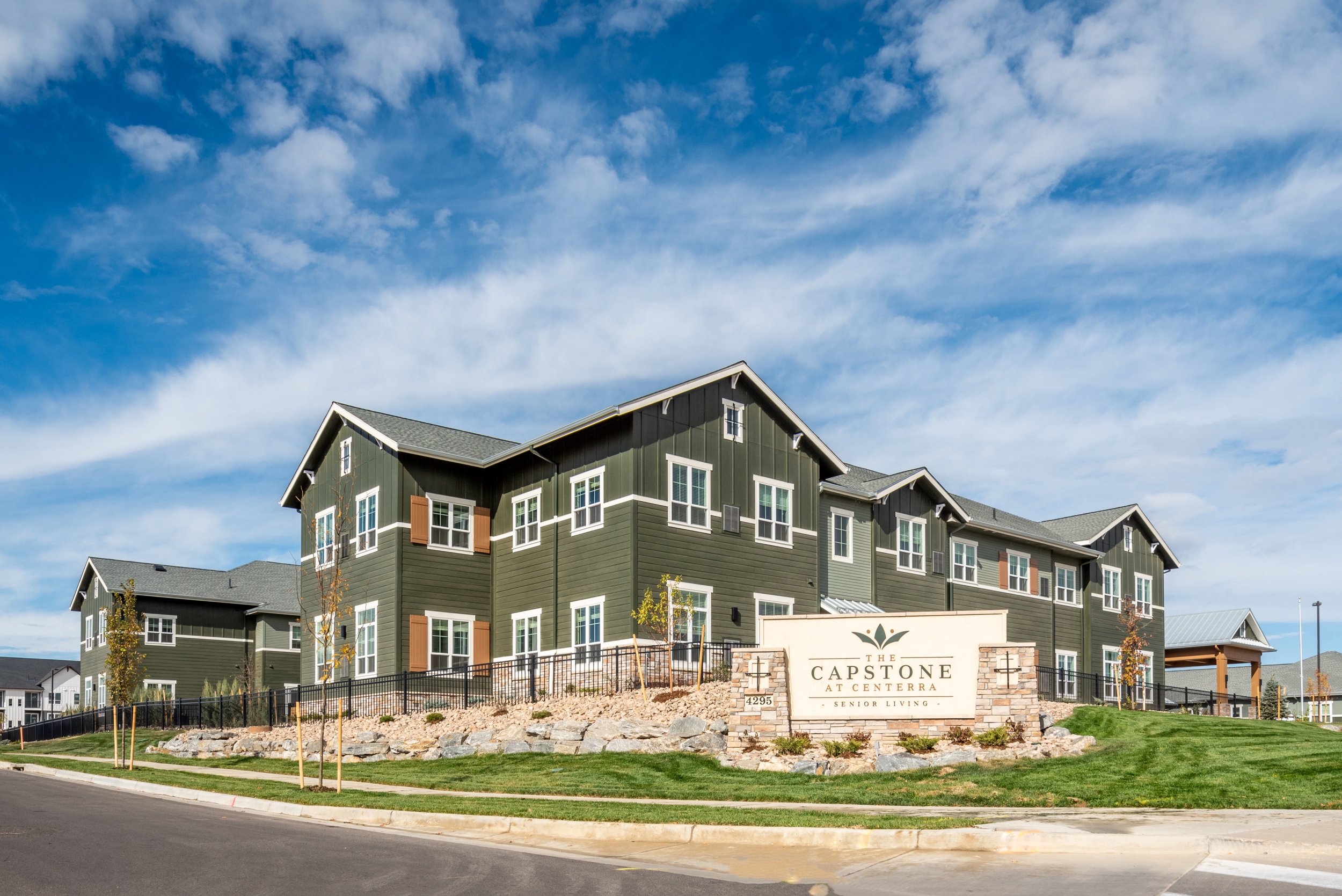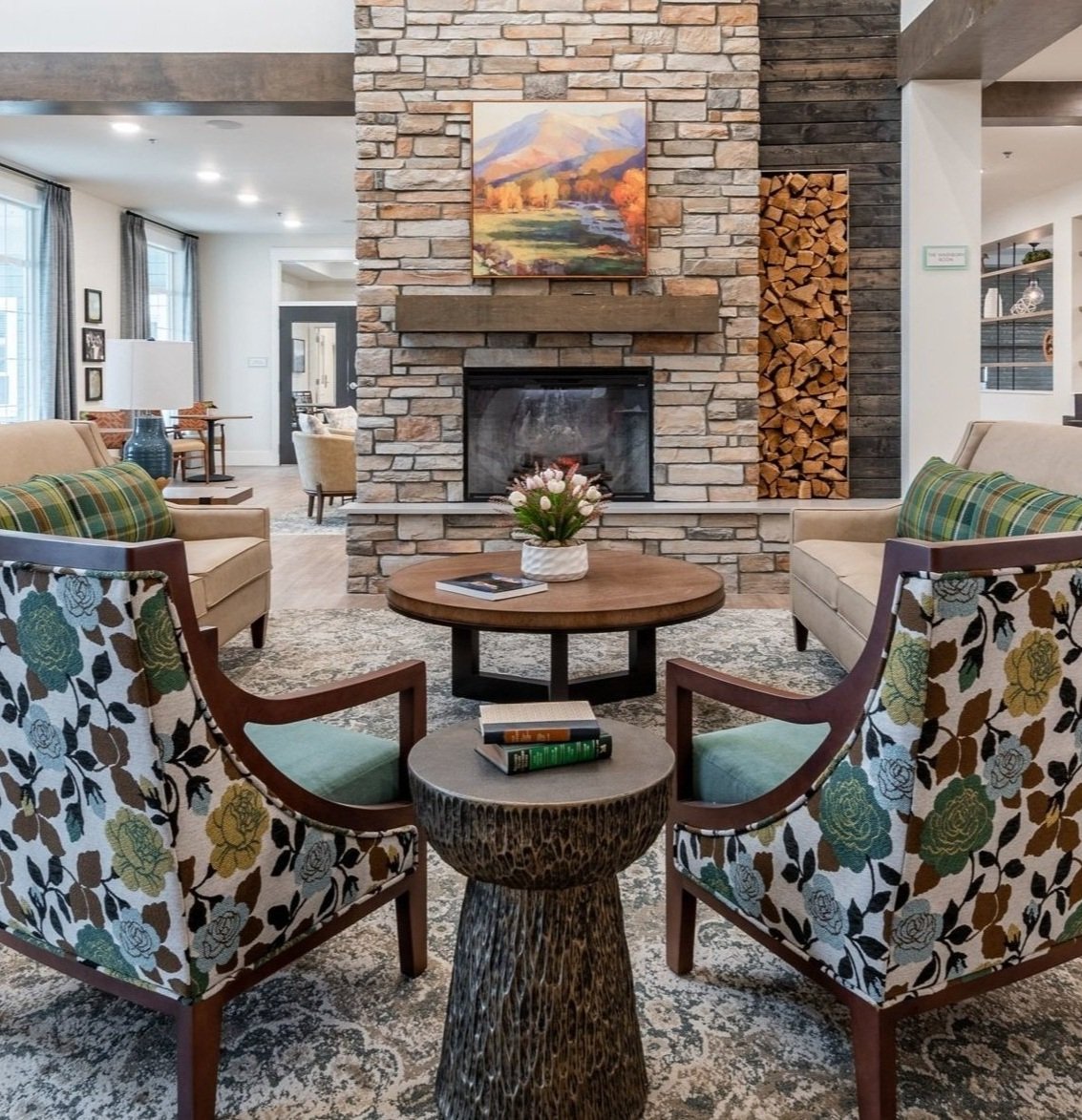A Better Recipe for Design: Prototypes
Pi Architects agrees a design prototype brings all the players together and puts them on the same page, using proven data and experiences to enhance scheduling, costs, roles, and accountability. New clients can tour existing communities created using a similar template/prototype. “It’s like walking through a model home. Clients can visit an existing community and see what they are getting,” said Mark Warrick, Vice President of Pi Architects.
Nicole Sawyer Thompson, Pi Architects
A Superior Approach Design prototypes, are far from standardized, facilitating a cohesive collaboration among all team members by utilizing validated data and experiences. This approach optimizes scheduling, budgeting, role allocation, and accountability. Amidst a landscape filled with unanticipated changes, obstacles, and innovations, standardization fosters efficient, cost-effective buildings. This ensures that every team member is actively involved, their contributions recognized, and their skills optimally utilized. “One advantage of a prototype is that it removes many unknowns. It enhances the ability to control and even improve quality while maintaining flexibility,” said Mark Warrick, AIA, LEED AP, vice president at Pi. “Timewise it’s more efficient because you don’t have to reinvent the wheel,” he added.
Each portion of the project can be broken into standardized blocks, refined through knowledge, data, and experience from previous projects, and can be finalized and shared early on. These blocks are based on the client's programmatic needs and serve as a roadmap to ensure requirements are met.
Nicole Thompson, studio director at Pi, said, “The biggest advantage of a design prototype is that it lines up all your team members more productively. You can anticipate what questions will arise and help everyone align faster and move in the same direction.” She stressed that a prototype is never stagnant or set in stone. “Standardizing design elements helps you continually improve the design by implementing lessons learned,” she said. It also enables all players to focus on what they do and love best, freeing up time typically spent on programming, and allowing us to get deeper into design concepts and better serve the client.
A Design Prototype Allows for Individualization
A design prototype, Warrick stresses, isn’t about rigidity. “It allows you to explore and understand possible variations, and you can move around the blocks for each project as needed,” he said. In other words, the project starts with template building blocks, but they can be aligned to create a unique building that meets the client’s vision. “The processes and details are standardized, but you can make the building fit like a glove with the community,” Warrick said. Thompson agreed, noting, “While the prototype may carry through with different buildings, we are still free to give things a local feel and tap into regional art, materials, and more.” At the same time, Thompson noted, “Standardization helps us predict where issues or challenges might arise and what surprises we might face and have plans in advance to manage these.”
A Smooth Ride
Overall, a design prototype can make for a smoother process in several ways:
While it works best to have the same team on each project, standardization makes bringing in a new player easier because you have a process they can follow.
New clients can tour existing communities created using a similar template/prototype. “It’s like walking through a model home. Clients can visit an existing community and see what they are getting,” said Warrick.
It gives the architect more time to work with the client on their brand. Thompson said, “We get to know their vision and goals and understand how they want a building to work for their residents and staff. And this process gives us the time and knowledge to address those goals.”
Landing It Right in Loveland, Colorado.
Pi used design standardization with The Capstone at Centerra project in Loveland, Colorado, and the results were significant. The construction was completed ahead of schedule, which is very rare these days with supply chain issues, and they were able to control the budget more,” said Warrick. “We started lean with the first iteration of the prototype, but even so, we were able to identify spaces and systems that were not being utilized fully and eliminate unnecessary expenses. In the end, we have a very efficient building. By keeping things straightforward, we were able to focus on quality.”
Baking In Quality from the Start
Ultimately, a design prototype accomplishes several important goals essential to a successful project. It defines the areas of the project that can be standardized and blocks them out, it identifies possible variations enabling flexibility, it allows for implementation of lessons learned along the way, and it brings stakeholders together and puts everyone on the same page.
Our team at Pi would love to talk to you about how a design prototype can take out the headaches and challenges in the design process and bake in cost-effectiveness, timeliness, and a shared vision for your next project.
Contact us here or call us at 512-231-1910.










